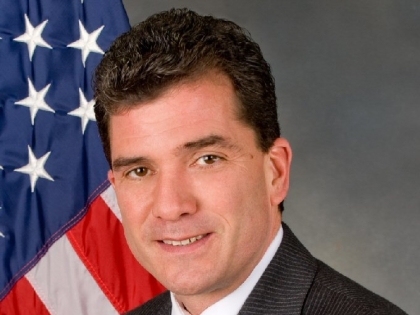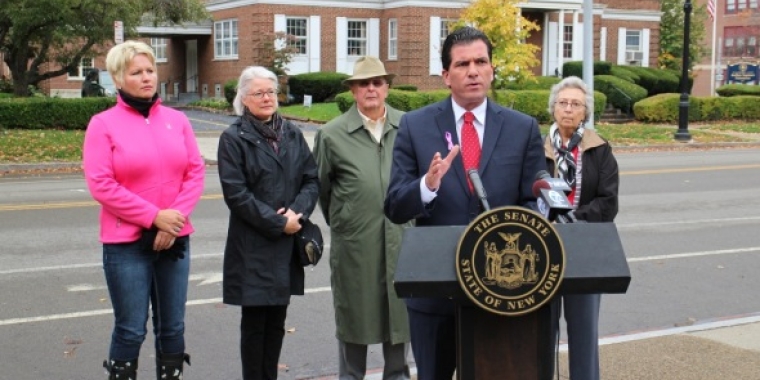
DEC Commences Peace Bridge Plaza Air Monitoring Effort To Assess Local Air Quality
Mark Grisanti
September 17, 2012
-
ISSUE:
- Environment

The New York State Department of Environmental Conservation (DEC) commenced air monitoring activity in the vicinity of the Peace Bridge U.S. plaza, DEC Commissioner Joe Martens recently announced.
The monitoring effort will assess local air quality via particulate matter concentrations for a six-month period before and after proposed renovations to the current plaza area. After each study period, DEC will evaluate the collected air quality data and provide a report to the public in both English and Spanish.
"Our monitoring effort will help establish a true baseline for Peace Bridge corridor emissions and allow us to fully evaluate the impacts of reduced congestion through plaza renovations and other proposed port improvements," said DEC Commissioner Martens. "The data will also help further understand the air quality burdens affecting Buffalo’s West Side."
"The PBA is pleased to see DEC initiate independent monitoring of corridor air quality impacts," said Buffalo & Fort Erie Public Bridge Authority Chairman Sam Hoyt. "As a bi-national authority, it is our responsibility to adhere to all applicable state and federal idling and emissions laws, and we are confident that Peace Bridge-related emissions levels remain well within EPA and DEC guidelines."
DEC has selected two monitoring locations. The first location is upwind of the Peace Bridge plaza in the Southwest corner of Front Park. The second location is downwind of the Peace Bridge plaza in the open lot on the corner of Busti Avenue and Vermont Street.
Each location has equipment to continuously measure fine particulate matter (PM2.5) and black carbon. The locations also collect 24 hour PM2.5 filter samples once every six days. The filters will be analyzed for particulate weight and the concentration of various elements (metals) including sulfur and will also undergo microscopic analyses in the DEC laboratory. A meteorological station is installed at the downwind monitoring site. All monitoring will be conducted in accordance with standard air monitoring protocols.
The PM2.5 data will be compared to the National Ambient Air Quality Standards (NAAQS) and examined to determine if there are reductions of the incremental contribution of PM2.5 from the Peace Bridge plaza following proposed renovations. Black carbon is a good indicator of local motor vehicle emissions, and this data, in combination with the meteorological data, will be examined to determine if prospective improvements to the Peace Bridge Plaza have reduced ambient concentrations of this component of PM2.5. The elemental and microscopic analyses will help identify the sources of PM2.5 at these locations. These analyses will allow DEC and PBA to assess the air quality impacts of the Peace Bridge corridor before and after prospective renovations and improvements to the U.S. plaza area.
Share this Article or Press Release
Newsroom
Go to Newsroom

